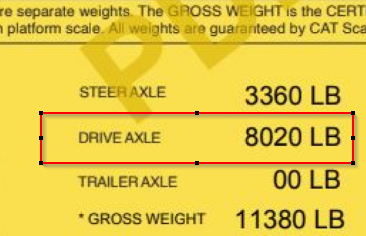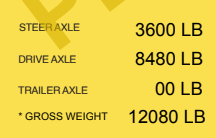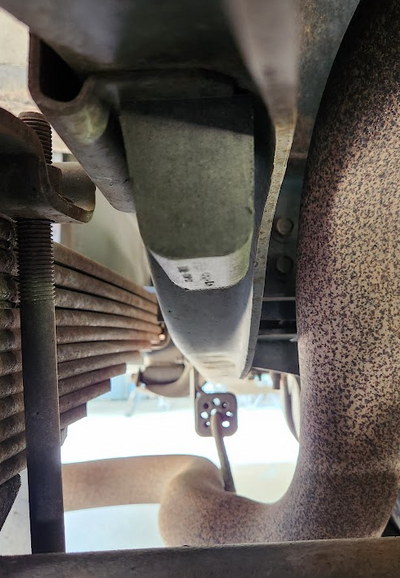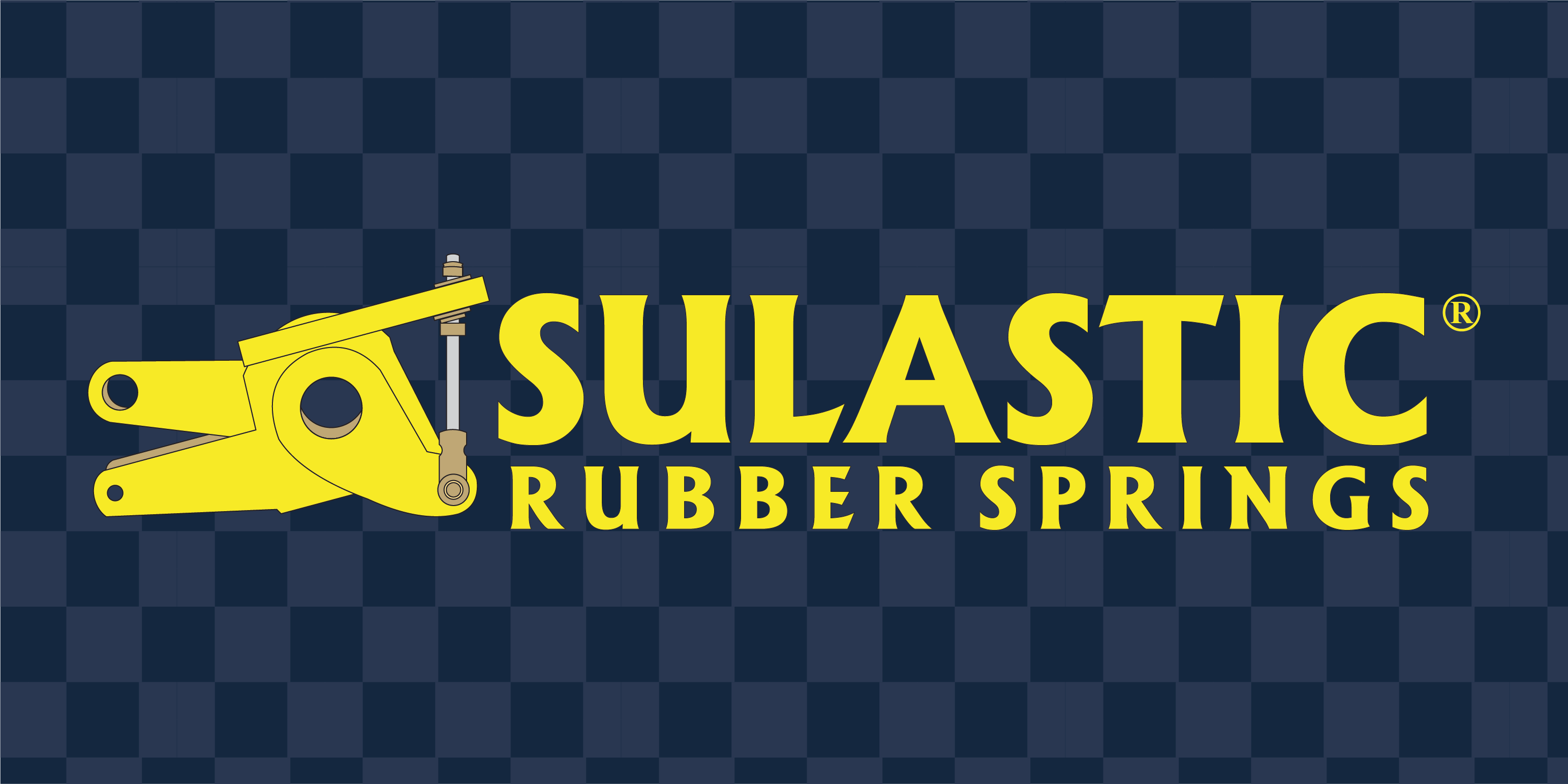OP, Put more weight in the back. Unlike lesser vehicles the F250, E250, Transit 250 and heavier chassis are designed to run at maximum payload 100% of the time. This isn't like an F-150 where the max GVWR is going to make the headlights point at the sky.
Switching the rear suspension completely for an Air-Liner setup like a semi truck uses will tremendously help your ride quality when not operating at full load because the airbags soften up as load is removed, then stiffen up as load is added. This is of course the "not cheap" option. The cheap option is go down to Lowes and buy 7 or 8 sand bags and toss them in.
Please be careful messing with tire pressures, low tire pressure is either the #1 or #2 cause for tire blowouts. Remember to air the tires back up if you fix the problem by adding weight.
I think Michelin had a very good weight to PSI chart for truck size tires on their website, but I'm not able to look it up again right now.
Switching the rear suspension completely for an Air-Liner setup like a semi truck uses will tremendously help your ride quality when not operating at full load because the airbags soften up as load is removed, then stiffen up as load is added. This is of course the "not cheap" option. The cheap option is go down to Lowes and buy 7 or 8 sand bags and toss them in.
Please be careful messing with tire pressures, low tire pressure is either the #1 or #2 cause for tire blowouts. Remember to air the tires back up if you fix the problem by adding weight.
I think Michelin had a very good weight to PSI chart for truck size tires on their website, but I'm not able to look it up again right now.





